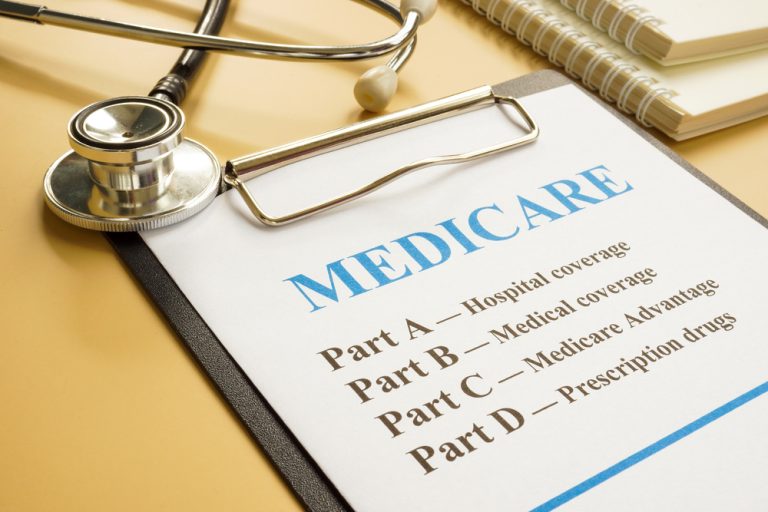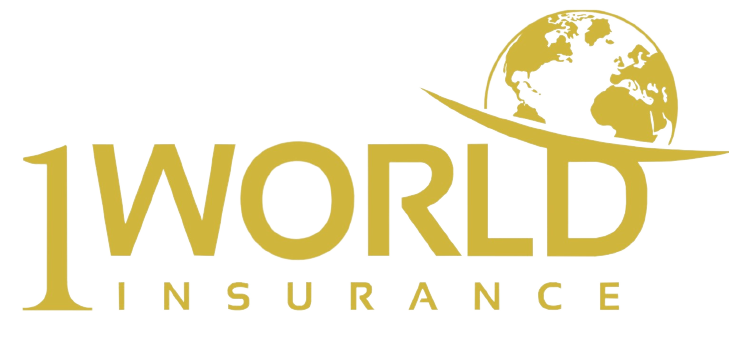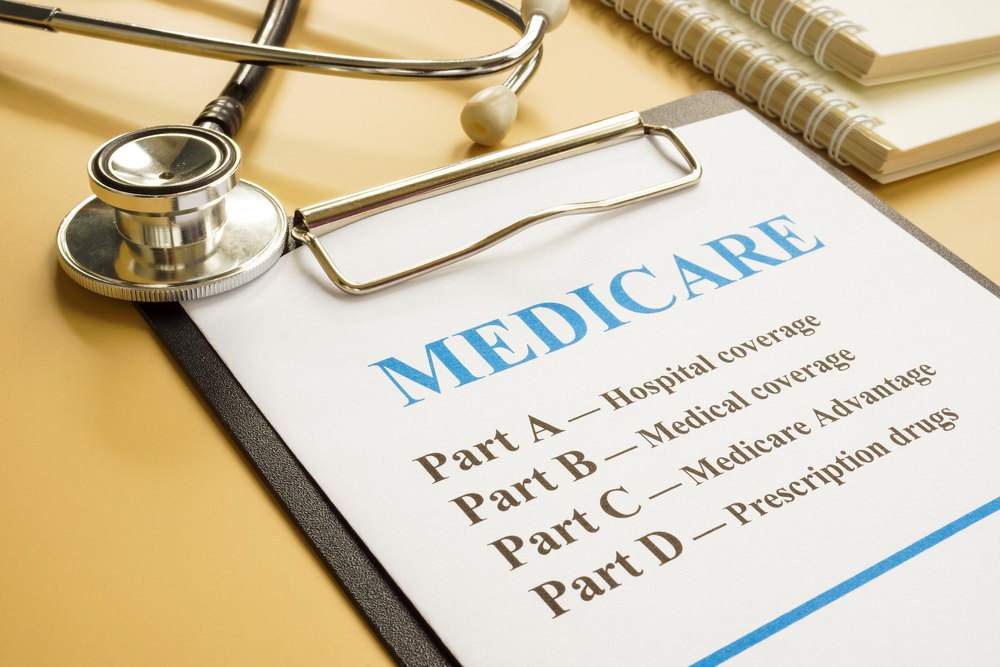
- 1 World Insurance
- One World Insurance
- Navigating Prescription Drug Coverage
Navigating Prescription Drug Coverage
Navigating Prescription Drug Coverage in 2023: Insights on Medicare Part D, Covered Medications, Cost-Effective Options, and Utilizing the Medicare

Welcome to the Ultimate Guide for Navigating Prescription Drug Coverage in 2023. With the complexity and ever-changing nature of healthcare, understanding your prescription drug coverage can be an uphill task. But fear not, this guide offers valuable insights into optimizing Medicare Part D, understanding covered medications, exploring cost-effective options, and effectively using the Medicare.gov Plan Finder. With a grasp of these essential components, you can enhance your understanding of prescription drug coverage, empowering yourself to make informed decisions.
Understanding Medicare Part D
What is Medicare Part D and How Does It Work?
Medicare Part D is the prescription drug coverage section of the Medicare program, the federal health insurance program for people aged 65 or older, certain younger people with disabilities, and people with End-Stage Renal Disease. Private insurance companies approved by Medicare offer Part D plans, each with varying costs and specific lists of covered drugs (formulary). Part D helps lower prescription drug costs and protect against future price escalations.
Enrollment Periods and Eligibility Criteria for Medicare Part D
Eligibility for Medicare Part D depends on enrollment in Medicare Part A (hospital insurance) or Part B (medical insurance). Enrollment periods include the Initial Enrollment Period (when you first become eligible for Medicare), the Annual Enrollment Period (October 15 to December 7 every year), and Special Enrollment Periods (if certain life events occur). Missing these windows could lead to late enrollment penalties.
Decoding Key Terms: Formulary, Tiers, Copayments, and Coverage Gap
The formulary is a list of covered medications under a Part D plan, usually divided into tiers based on costs. Lower-tier drugs cost less while higher-tier drugs cost more. Copayments refer to the fixed amount you pay for covered medications. The coverage gap, often referred to as the ‘donut hole,’ is a temporary limit on what your drug plan will cover, usually kicking in after you and your plan have spent a certain amount on covered drugs.
Covered Medications and Formulary Considerations
Navigating Formularies: Understanding How They Impact Coverage
A formulary can affect which drugs are covered and how much you’ll have to pay out of pocket. Understanding the tier system in a formulary can help determine if your necessary medications are covered and at what cost. Changes to formularies are common, making it crucial to stay updated about any revisions.
Identifying Covered Medications: Tips for Determining Coverage
Checking with your plan provider or referencing the plan’s formulary can help determine if a medication is covered. Some plans also use tools like prior authorization and step therapy, requiring you to try certain medications first before covering others.
Navigating Prior Authorization and Step Therapy Requirements
Prior authorization requires you to get approval from your plan before it covers a specific drug. Step therapy involves trying one or more similar, lower-cost drugs before the plan will cover the prescribed drug. Understanding these processes can aid in receiving necessary medications without excessive costs.
Special Considerations: Coverage for Specialty Medications
Specialty medications, often high-cost prescription drugs, usually require special handling, administration, or monitoring. These drugs may have more stringent coverage rules, so it’s essential to understand your plan’s policy on specialty medications.
By delving into the intricacies of Medicare Part D, understanding the formulary and coverage considerations, and becoming familiar with tools like prior authorization and step therapy, you can navigate prescription drug coverage more effectively in 2023. Additionally, the guide emphasizes the significance of utilizing the Medicare.gov Plan Finder, a helpful resource for comparing plans, estimating costs, and identifying suitable coverage options. Armed with this knowledge, you can confidently make informed decisions about your prescription drug coverage and optimize your healthcare experience.
Exploring Cost-Effective Options
Cost Savings with Generic and Brand-Name Medications
One of the most effective ways to save on prescription drug costs is by opting for generic medications. Generic drugs are equivalent to their brand-name counterparts in dosage, safety, strength, quality, and performance. Since generic drugs do not have the research and development costs associated with brand-name drugs, they are typically priced lower. By choosing generics whenever they are available, you can experience significant cost savings while still receiving the same therapeutic benefits.
Leveraging Preferred Pharmacies and Mail-Order Options
Part D plans often have a network of preferred pharmacies that offer lower costs for covered medications. These pharmacies have negotiated pricing agreements with the plan, resulting in discounted prices. By using a preferred pharmacy, you can take advantage of these cost savings. Additionally, many Part D plans offer mail-order pharmacy services for routine medications. Mail-order pharmacies often provide medications at a lower cost and offer the convenience of home delivery. Utilizing mail-order options can not only save you money but also save you time by eliminating trips to the pharmacy.
Optimizing Medication Therapy Management (MTM) Programs
Medication Therapy Management (MTM) programs are designed to ensure that medications are used correctly, leading to better health outcomes and cost-effectiveness. These programs are especially beneficial for individuals taking multiple medications or those with complex medication regimens. MTM programs involve pharmacists or other healthcare professionals reviewing your medications, providing education and counseling, and working with you to optimize your medication therapy. By enrolling in an MTM program, you can better understand your medications, address any concerns or issues, and potentially identify opportunities to switch to more cost-effective alternatives.
Financial Assistance Programs: Extra Help and Low-Income Subsidy Programs
For individuals with limited income, there are financial assistance programs available to help reduce prescription drug costs. The Extra Help program, also known as the Low-Income Subsidy (LIS) program, provides assistance to eligible beneficiaries. This program helps cover premiums, deductibles, and copayments, significantly reducing out-of-pocket expenses. Understanding the eligibility criteria and application process for these programs is crucial. By exploring and applying for the Extra Help and Low-Income Subsidy programs, you can alleviate the financial burden of prescription drug costs and ensure access to necessary medications.

Mastering the Medicare.gov Plan Finder
Overview of the Medicare.gov Plan Finder Tool
The Medicare.gov Plan Finder is an online tool provided by the Centers for Medicare and Medicaid Services (CMS). It is designed to help Medicare beneficiaries compare and evaluate Medicare Part D plans. The Plan Finder tool allows you to search for plans available in your area, explore their coverage details, assess their costs, and review pharmacy networks. It is a comprehensive resource that empowers you to make informed decisions about your prescription drug coverage.
Step-by-Step Guide: Entering Your Prescription Drugs
To effectively use the Plan Finder tool, you can start by entering your prescription drugs into the system. By providing the names and dosages of your medications, the tool can generate a list of plans that cover those specific drugs. This feature is crucial in determining the potential out-of-pocket costs for your required medications under different plans. It allows you to compare plans based on their coverage of your specific drug regimen.
Comparing Plans and Estimating Costs
Once you have entered your prescription drugs, the Plan Finder tool presents you with a list of Part D plans available in your area. You can compare these plans side by side, evaluating their monthly premiums, deductibles, copayments, and coinsurance. The tool also provides information on each plan’s pharmacy network, enabling you to ensure
that your preferred pharmacies are included. By estimating the costs associated with each plan, you can identify the most cost-effective option that offers the coverage you require.
Evaluating Plan Quality Ratings and Customer Reviews
The Plan Finder tool not only provides information on costs and coverage but also offers insights into plan quality and customer satisfaction. The CMS assigns quality ratings to each Part D plan based on various measures, including customer service, member experience, and medication safety. These ratings can help you gauge the overall performance and reliability of a plan. Additionally, the tool may feature customer reviews and feedback, giving you valuable perspectives from other beneficiaries who have experience with the plan. By considering these quality ratings and reviews, you can make a more well-rounded assessment of a plan’s suitability for your needs.
By utilizing cost-effective options such as generic medications, preferred pharmacies, mail-order services, and financial assistance programs, along with mastering the Medicare.gov Plan Finder tool, you can navigate the complexities of prescription drug coverage in 2023. These strategies and resources empower you to make informed decisions that optimize both your health outcomes and your financial well-being.
Decision Making and Plan Selection Strategies
Key Factors to Consider When Choosing a Plan
When choosing a Medicare Part D plan, several key factors should be considered. These factors include the coverage of necessary medications, the plan’s out-of-pocket costs, the pharmacy network, and the plan’s quality rating. It’s important to evaluate these factors holistically to ensure that the chosen plan meets your specific needs and provides comprehensive coverage.
Analyzing Costs: Premiums, Deductibles, and Copayments
Understanding the costs associated with a Medicare Part D plan is crucial for selecting a cost-effective option. This includes considering the monthly premiums, annual deductibles, and copayments or coinsurance for medications. Evaluating these cost elements allows you to estimate your potential out-of-pocket expenses and compare different plans to find the most affordable option for your specific medication needs.
Ensuring Network Coverage and Preferred Pharmacies
Confirming that your preferred pharmacy is within the plan’s network is essential. In-network pharmacies typically offer lower costs and ensure that your medications are covered. Going to an out-of-network pharmacy may result in higher out-of-pocket costs or, in some cases, the medication may not be covered at all. Checking the plan’s pharmacy network and ensuring that your preferred pharmacy is included can help you maintain convenient access to your medications while keeping costs in check.
Assessing Formulary Coverage for Your Medications
Carefully reviewing the formulary of each Medicare Part D plan is crucial to ensure that your necessary medications are covered. The formulary is a list of drugs covered by the plan, organized into tiers based on cost. If a specific medication is not included in the formulary, you may need to pay for it out-of-pocket or explore alternative medications that are covered. Understanding the formulary coverage and checking if your prescribed medications are included will help you make an informed decision about the plan that best meets your medication needs.
Beyond Drug Coverage: Convenience and Additional Benefits
While drug coverage is a significant factor, it’s also important to consider the convenience and additional benefits offered by a Medicare Part D plan. Some plans may provide additional services such as mail-order prescription options, which can save you time and effort. Additionally, certain plans may offer additional benefits like dental, vision, or wellness programs. Assessing these supplementary benefits can add value to your overall coverage and contribute to your healthcare needs beyond prescription drugs.

Tips for Maximizing Prescription Drug Coverage
Regular Reviews: Monitoring Medications and Coverage
Regularly reviewing your medications and coverage is essential for staying informed about any changes that may affect your costs or the availability of your necessary drugs. Medications can change over time, and formularies may be updated, so it’s important to stay proactive and ensure that your coverage remains suitable for your needs.
Effective Communication: Discussing Cost-Saving Options with Healthcare Providers
Engaging in open and proactive discussions with your healthcare providers about cost-saving options can lead to more cost-effective care. Providers can help identify alternatives like generic drugs or therapeutic substitutes that offer similar benefits at a lower cost. They can also provide guidance on managing medications and optimizing your prescription drug coverage.
Knowing Your Rights: Understanding the Appeal Process
If a necessary medication is not covered by your Part D plan, it’s important to know and understand the appeal process. As a Medicare beneficiary, you have rights and protections within the Medicare program, including the right to appeal a coverage decision. Familiarizing yourself with the appeals process and knowing how to navigate it can help ensure that you receive the medications you need.
Tracking Costs and Coverage Changes: Staying Organized and Informed
To effectively manage your prescription drug coverage, it’s important to stay organized and informed about your costs and any changes in your coverage. Keeping track of your drug costs, including premiums, copayments, and any changes in your plan’s formulary, can help you better understand your healthcare budget and make informed decisions about your coverage. Regularly reviewing plan materials and communications from your Part D provider can help you stay updated on any changes or updates that may impact your coverage.
Conclusion:
Understanding your prescription drug coverage is a vital component of managing your healthcare. In this guide, we’ve covered essential insights for navigating prescription drug coverage in 2023, empowering you to optimize your Medicare Part D plan. By considering key factors, analyzing costs, ensuring network coverage, assessing formulary coverage, and utilizing tips for maximizing your coverage, you can make informed decisions about your prescription drug coverage and confidently navigate the complex world of prescription drug insurance. Stay proactive, review your coverage regularly, and take advantage of available resources to ensure that your prescription drug coverage meets your needs and supports your overall well-being.
Contact
One World Insurance Newsletter
Subscribe our newsletter to get our latest update & news.
Call Licensed Insurance Agents
Oneworldins is a website domain of Horizon Health Care Advisors LLC. a privately owned non-government website nor a health insurance carrier. Only where licensed and appointed, this website serves as an invitation for a customer to inquire about health insurance. Submission of your information constitutes permission for an agent to contact you regarding the cost and coverage of health plans. Possible options include, but are not limited to Major Medical Plans, Short Term Plans, Fixed Indemnity Plans, and more. Insurance n You does not include all companies or all available products. Descriptions of plans on this website are for informational purposes only and subject to change. Insurance plans may not be available in all states. By using this site, you acknowledge that you have read and agree to the Terms and Conditions, and Privacy Policy.



